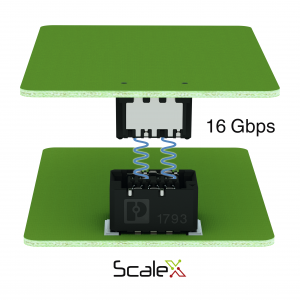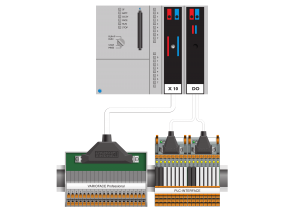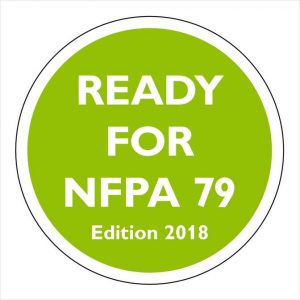Written by Gary Nelson, Senior Product Manager- Device Connections.
With temperatures rising and thunderclouds forming our weather systems create challenging environments for externally based electronic devices so how do you ensure they still function?
We all hear of global warming in the media almost daily and, whether you believe the hype or not, none of us can deny that our UK weather has a tendency to change dramatically very quickly. As people, we can change the layers of clothing we wear to compensate for temperature changes and it’s a worldwide commonly used myth that all British people carry an umbrella everywhere, so the constant rainfall doesn’t stop us going about our daily lives. All this is fine for us, albeit the umbrella reference really is a myth, however externally mounted electronic devices have no choice but to continue to function whatever the weather.
Continue reading →


 Suppose you have an optical lens of some sort onto which you shine a light with a known photonic output. While most of the incident light passes through the lens, some fraction of the light is reflected and some is absorbed (the behaviour is also dependent on the wavelength of the incident light). You’d like to characterise that lens: Exactly how much light was reflected? How much passed through? What is it about the lens that prevented all of the light from passing through?
Suppose you have an optical lens of some sort onto which you shine a light with a known photonic output. While most of the incident light passes through the lens, some fraction of the light is reflected and some is absorbed (the behaviour is also dependent on the wavelength of the incident light). You’d like to characterise that lens: Exactly how much light was reflected? How much passed through? What is it about the lens that prevented all of the light from passing through? In today’s automated world our machines and systems are becoming more and more complex. As a result of this, the required wiring effort of individual components in these systems is comprehensive and expensive.
In today’s automated world our machines and systems are becoming more and more complex. As a result of this, the required wiring effort of individual components in these systems is comprehensive and expensive. Surge protection is now mandatory in accordance with NFPA 79 (2018 edition).
Surge protection is now mandatory in accordance with NFPA 79 (2018 edition).